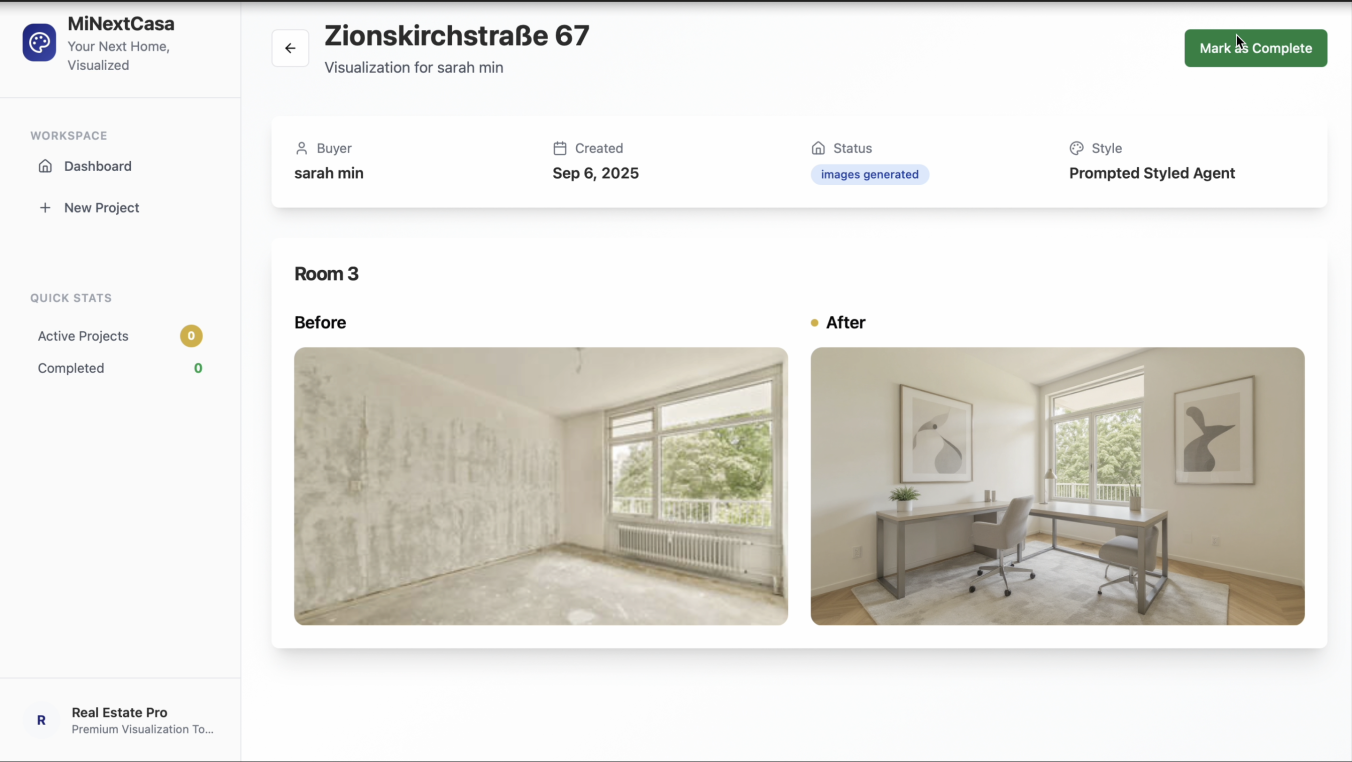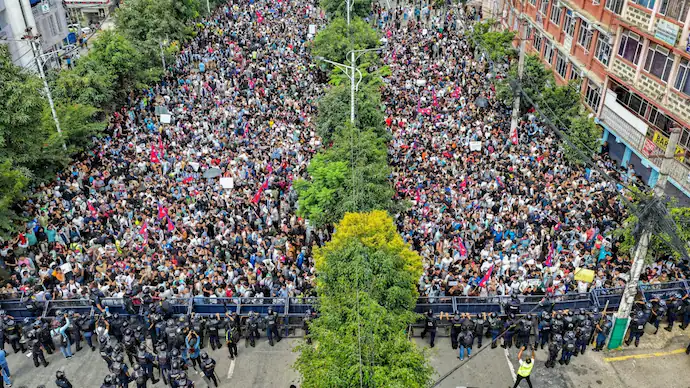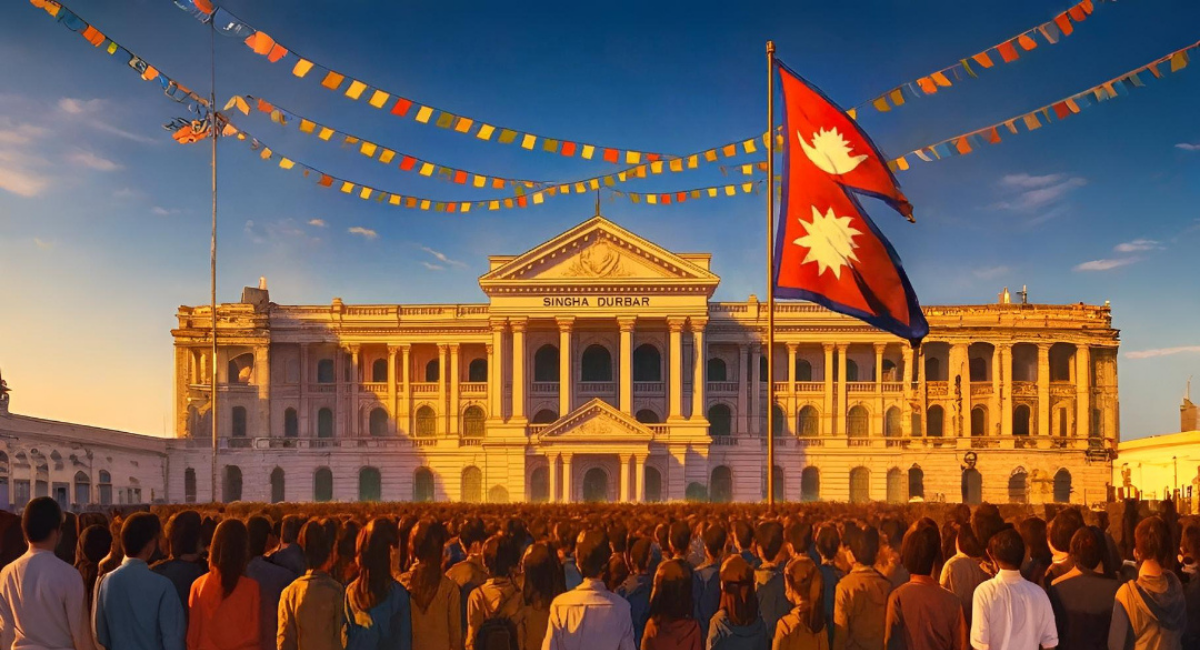Episode 4
Weekly Highlights
- Machine Learning Course
- Multi-touch Attribution Model
- Hackathon
- People who inspired me this week
Machine Learning Course
My journey toward the Google Cloud Certification: Machine Learning on Google Cloud continues. Last week, I wrapped up the Feature Engineering module, and this week I completed two more: Machine Learning in the Enterprise and Production Machine Learning Systems.
These modules focused on what it takes to build and manage an end-to-end ML system in a real-world production environment. We dove deep into custom training, hyperparameter tuning (with a detailed explanation of Vertex AI Vizier), and best practices for ML development. I also learned about architecting, designing adaptable, and building hybrid ML systems for production.
While I’ve been busy with videos, labs, and quizzes, I know there's one more hurdle: the extensive reading required for the exam. I haven't quite figured out an effective way to get through all the material yet, but I'm confident I'll find a system that works for me.
Multi-touch Attribution Model
My freelance project has taken an unexpected turn. As I've mentioned, the data available was extremely limited. I set up Google Ads campaigns to enrich the dataset, but that requires waiting for data collection, and even then, it won't be enough. My original plan was to build a multi-touch attribution model to determine which marketing campaigns are most effective across multiple channels, which is impossible to do with a single-source dataset.
I needed to shift my mindset. Since this is a portfolio project, my top priority is to learn the end-to-end machine learning process to transition from a data analyst to a data scientist or ML engineer. With this in mind, I decided the lack of real data shouldn't be a roadblock.
After some careful thought, I decided to create my own dummy data using Python scripts. This opened up the bottleneck and allowed me to move forward with building the ML project I'm so eager to complete.
This decision presented a new set of challenges and taught me some valuable lessons the hard way. One of the biggest was about repository structure. My initial plan was to use a monorepo, keeping my Dataform directory, scripts, and React app all in the same GitHub repository connected to Google Cloud Platform (GCP). This turned out to be a huge mistake. It caused massive compilation issues when I tried to run the Dataform files locally, taking me two full days to troubleshoot.
The lesson was clear:
- Keep your Dataform files in a separate repository.
- Keep your scripts (ML models) in separate scripts.
- Remember that in deployment, directory structure, file paths, and API calls are critical.
- Connecting scripts with BigQuery is a challenging but necessary part of the process.
Useful Resources I Created
If you're tackling similar challenges, here are some guides I put together:
Progress and Next Steps
So far, I've made significant progress:
- Data Sourcing: I created my own data.
- Data Modeling: I've modeled the
user_journeytable and prepared a feature table. - ML & Reporting: I built the ML model and created the reports.
This covers the BigQuery and scripting side. I also built a React application to display the report tables directly on a webpage.
Next week, my focus will be on automating the entire process and writing a comprehensive project documentation.
Hackathon
Besides my course and project work, I did something I've always been intimidated by: I attended my very first hackathon. For a long time, I thought these events were only for "ultra-smart" people, but this time I decided there was nothing to lose and just went for it.
I had the privilege of participating in a brilliant hackathon hosted by {Tech: Europe}, in partnership with n8n and Blackforest Labs. A huge thank you to them for providing us with the resources to bring our ideas to life.
I was lucky enough to team up with Benjamin Andrick, Juan Wagner, and Sourabh Bhalke. Together, we built something pretty cool called "MiNextCasa", a real estate personalization tool. It uses AI to furnish empty apartments based on a user's unique style. Our project leveraged the AI image generation from Blackforest Labs' Flux model and n8n automation to help renters and buyers truly visualize what a space could be.
The energy and creativity from every team were amazing to witness. I'm so grateful to {Tech: Europe}, n8n, and Blackforest Labs for creating an environment where we could learn, collaborate, and build.
You can check out our project here: in GitHub

People who inspired me this week
In Nepal, a new chapter in our country's history unfolded on September 8th, led by its young generation. For too long, chronic corruption has been an open secret, with elite politicians playing musical chairs with the Prime Minister's position while using taxpayers' money to fund their lavish lifestyles. The youth of my country, Gen Z, had been actively exposing this on social media.
The government's response was to ban around 23 different social media platforms, including Meta, YouTube, and Reddit. This was the tipping point. The youth took to the streets, raising their voices against the corruption. Tragically, the government met this peaceful protest with violence, ordering a crackdown that resulted in the deaths of 21 young people, including a 12-year-old child.
This act of violence became the breaking point. In response, protesters burned down the parliament and demanded justice and the resignation of all major politicians. As a result, many, including former Prime Minister KP Oli Sharma, resigned and fled. During the protest, infiltrators began burning the homes of corrupt politicians, uncovering vast amounts of looted taxpayers' money.
September 9th will be remembered as the start of the Gen Z revolution in Nepal. I am incredibly proud to be from this generation. We have cleared the slate, paving the way for a new generation of leaders to rise.

That was all for this week’s blog. See you in next blog!

